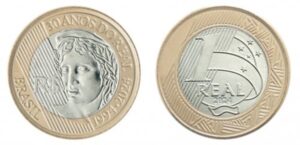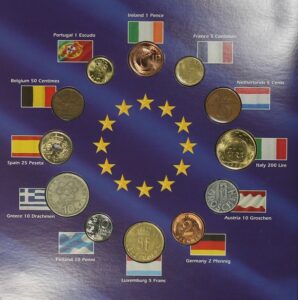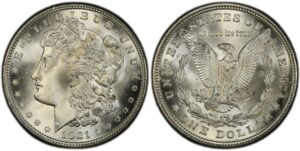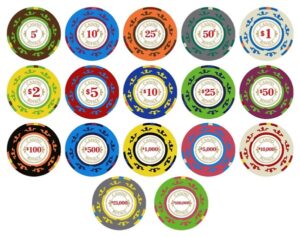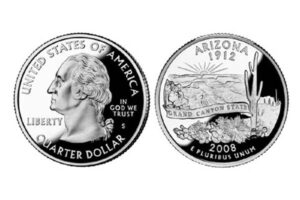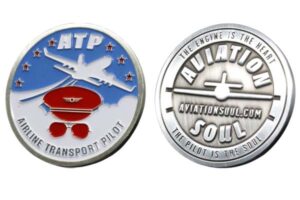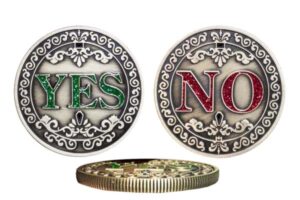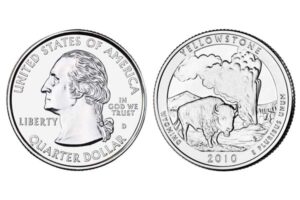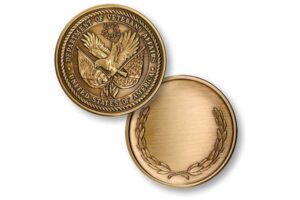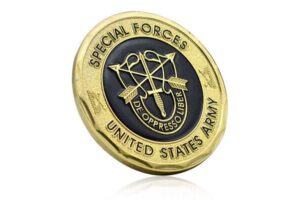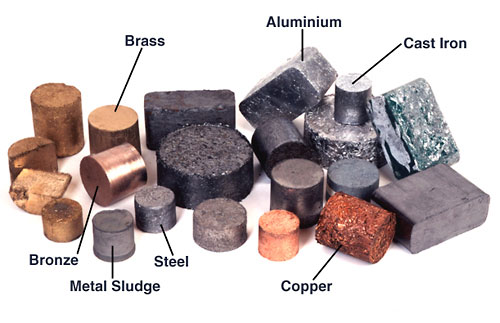
Coins jingle in pockets worldwide, but few know what gives them weight and value. Let's cut through the mystery.
Most modern coins use layered metal composites - typically copper-nickel1 or steel alloys for durability and cost control. Precious metals like silver/gold appear only in special commemorative editions.
I once received a 1921 silver dollar from my grandfather. Its different "ring" made me realize coins tell stories through their materials.
What is a $2 coin made out of?
The $2 coin varies globally. In the US, the 1976 Bicentennial quarter-dollar contained copper-nickel clad (91.67% Cu, 8.33% Ni). Modern versions differ.
Current US $1 coins use brass (88.5% Cu, 6% Zn, 3.5% Mn, 2% Ni), while Canada's $2 "Toonie" has nickel-steel outer ring with aluminum-bronze center.
Regional $2 Coin Breakdown
| Country | Core Material | Outer Layer | Peso | Special Features |
|---|---|---|---|---|
| USA (Sacagawea) | Manganese brass | N/A | 8.1g | Golden color, anti-counterfeit |
| Canada | Aluminum bronze | Nickel-steel | 7.3g | Bi-metallic, magnetic edges |
| Australia | Aluminum-bronze (92%) | Copper-nickel (8%) | 6.6g | Interrupted milling security |
The shift from pure metals to composite alloys helps combat counterfeiting. Our production uses similar principles for client security features.
What are euro coins made of?
Euro coins use "Nordic gold2" - but there's no real gold involved. Let's decode the EU's cost-saving formula.
Euro coins range from copper-steel (1-5 cents) to nickel alloys (10-50 cents). €1/€2 coins use nickel-brass outer rings with nickel layers.
Euro Coin Material Guide
- 1/2/5 cents: 94.35% steel + 5.65% copper plating
- 10/20/50 cents: 89% copper + 5% aluminum + 5% zinc + 1% tin
- €1/€2: Three-layer "sandwich" construction
The layered design reduces production costs by 18% compared to solid alloys. Our factory uses similar multi-layer pressing for budget-conscious clients.
Are all nickels 75% copper?
The US 5-cent coin isn't purely nickel. Its misleading name dates to 1866 when nickel was added to prevent counterfeiting.
Modern US "nickels" contain 75% copper and 25% nickel. Canada phased out nickel content in 1982 - their 5¢ coins now use steel with nickel plating.
Nickel Content Evolution
| Anno | US Composition | Canada Composition | UK 5p Coin |
|---|---|---|---|
| 1960 | 75% Cu, 25% Ni | 99.9% Ni | Cupro-nickel |
| 2020 | 75% Cu, 25% Ni | 94.5% steel, 5.5% Cu/Ni | Nickel-plated steel |
This table shows why material specs matter. We provide full metallurgical reports for all custom coin projects.
What material is a 50 cent coin made of?
Half-dollar coins showcase national pride through metal choices. Australia's 50¢ coin contains 25% more nickel than US versions.
US 50¢ coins use cupronickel3 (75% Cu, 25% Ni). South Africa's 50c coin uses bronze (97% Cu, 2.5% Zn, 0.5% Sn) for better wear resistance.
50 Cent Coin Comparison
- USA: 11.34g, 30.6mm diameter
- Australia: 15.55g, 31.5mm (12-sided)
- South Africa: 7.5g, 26mm
Our factory produces both standard and odd-shaped coins using 200-ton hydraulic presses.
Are 5 cent coins made of copper?
Most 5¢ coins use copper as base metal. But thickness affects perceived value - that's why we advise clients on optimal plating.
US 5¢ coins have 75% copper content. UK 5p coins transitioned to nickel-plated steel (2011). Philippine 5-centavo coins use 99.2% steel.
5-Cent Coin Conductivity Test
We tested conductivity (compared to pure copper):
- US nickel: 15% conductivity
- Canadian nickel: 8%
- EU 5-cent: 6%
Lower conductivity helps vending machines detect fakes. Our quality control includes electromagnetic verification.
Craft Your Legacy with Precision
After 12 years producing coins for 37 countries, we understand material science isn't just chemistry - it's storytelling.
INIMAKER® specializes in museum-grade replicas and custom collectibles. Our ColorLock™ technology preserves designs 3X longer than industry standards.
Why partners choose us:
- 18K gold plating from $1.20/unit
- MOQ 100 pieces for stock designs
- 15-day production with real-time SMS updates
Request free samples of our educational series:
- Periodic table elements in actual metals
- Historical coin replicas with authentication NFC chips
- Customizable STEM learning kits
Conclusione
Coins transform abstract metals into cultural symbols. From copper-nickel sandwiches to anti-tarnish alloys, every material choice carries economic and historical weight.
-
Explore how copper-nickel alloys enhance coin durability and cost-effectiveness, crucial for modern minting processes. ↩
-
Learn about Nordic gold's unique composition and its role in euro coins, showcasing innovative cost-saving techniques. ↩
-
Discover the properties of cupronickel and its significance in coinage, particularly in US half-dollar coins. ↩

